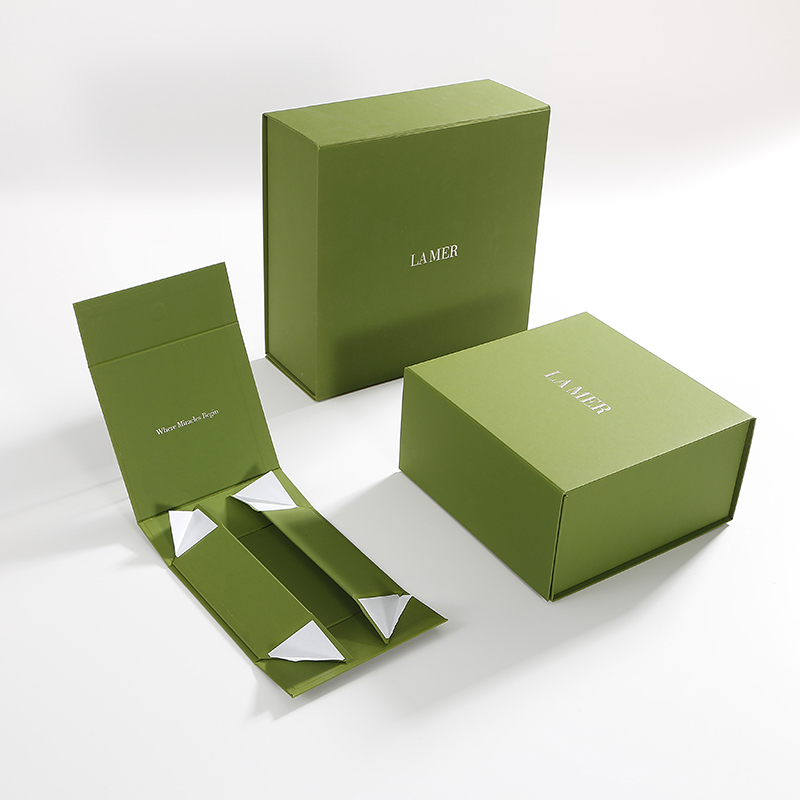May. 15, 2023
Collapsible boxes, also known as foldable boxes, are a popular solution for companies looking for a more flexible and sustainable way to package their products. Collapsible boxes are typically made of durable materials such as corrugated cardboard or plastic, and can be easily folded and unfolded for storage and transportation.
One of the primary benefits of collapsible boxes is their ability to reduce shipping costs. Because they can be easily folded down, more boxes can be packed into a single shipment, reducing the overall amount of space required to transport the boxes. This can lead to significant savings in transportation costs, as well as Collapsible box, also known as foldable box, is a type of that can be folded flat when not in use, making it easier to transport, store, and recycle. These boxes can be made from a variety of materials, including paperboard, corrugated cardboard, and plastic.

One of the biggest advantages of collapsible boxes is their convenience. As they can be easily folded flat, they take up less space than traditional boxes when being shipped or stored. This reduces shipping costs and storage requirements, making them an attractive solution for businesses that need to transport or store large amounts of material.
Collapsible boxes are also more environmentally friendly than traditional boxes. As they take up less space, they require less energy to transport, reducing carbon emissions. Additionally, many collapsible boxes are made from recyclable materials, further reducing their environmental impact.
When designing a collapsible box, there are a few things to keep in mind. The box should be sturdy enough to hold its contents and protect them during transportation, but not so heavy that it adds unnecessary weight to the package. The box should also be easy to assemble and disassemble, with clear instructions provided if necessary.
There are several types of collapsible boxes, each with their own advantages and disadvantages. Here are a few examples:
Foldable paperboard boxes: These boxes are lightweight, easy to transport, and can be recycled. They are typically used for small items such as cosmetics and electronics.
Corrugated folding boxes: These boxes are stronger than paperboard boxes, making them suitable for heavier items such as books and appliances. They can also be recycled.
Plastic folding boxes: These boxes are durable and waterproof, making them ideal for transporting items in wet or humid environments. However, they are often not recyclable.
Reusable folding boxes: These boxes are designed to be used multiple times, reducing waste and saving money in the long run. They are often made from durable materials such as metal or plastic.
One potential downside to collapsible boxes is that they may require additional assembly time and labor. However, this can be mitigated by providing clear instructions and minimizing the number of steps required to assemble the box.
In conclusion, collapsible boxes are a convenient and sustainable solution for businesses that need to transport and store large amounts of material. They can be made from a variety of materials and come in a range of sizes and styles, making them suitable for a wide range of products. By choosing collapsible boxes over traditional boxes, businesses can reduce their shipping and storage costs, while also minimizing their environmental impact.